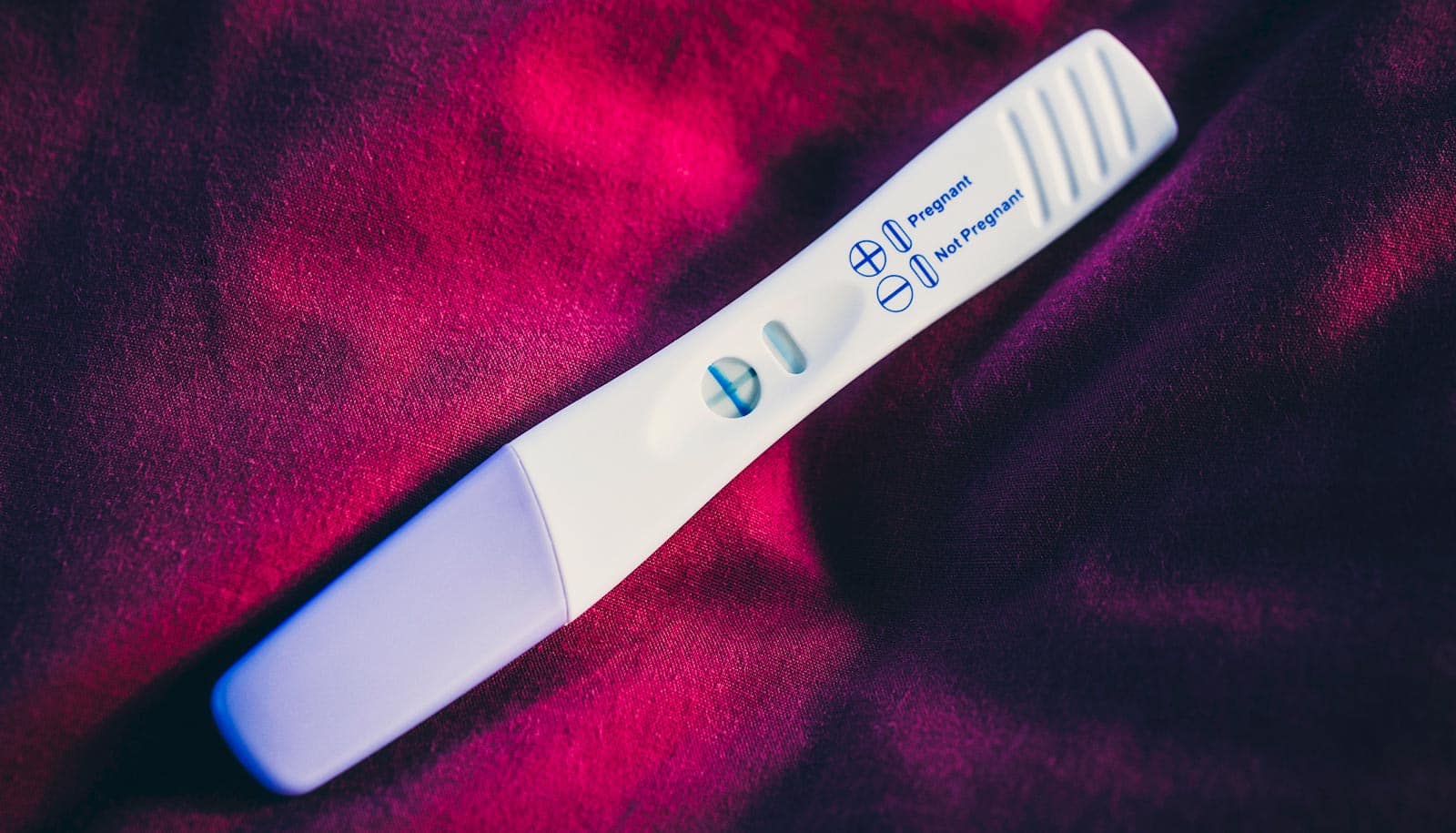The seasons in North America may play a role in how easy it is to get pregnant, research indicates.
A study in Human Reproduction finds that couples in North America are most likely to start trying to conceive in September, but that they are most likely to succeed in getting pregnant in late November and early December, especially if they live in southern US states.
“There are a lot of studies out there that look at seasonal patterns in births, but these studies don’t take into account when couples start trying, how long they take to conceive, or how long their pregnancies last,” says the study’s lead author Amelia Wesselink, a postdoctoral associate in epidemiology at the Boston University School of Public Health.
In their paper, Wesselink and collaborators suggest that “couples may time their pregnancy attempts for a variety of reasons including employment schedules (e.g. more flexible summer hours), comfort (e.g. to avoid being pregnant during hot months), or personal choice (e.g. desiring a fall baby).”
To find out when couples were most likely to conceive, the researchers analyzed data on 14,331 pregnancy-planning women who had been trying to conceive for no more than six months, including 5,827 American and Canadian participants enrolled in the Pregnancy Study Online (PRESTO), as well as 8,504 Danish participants enrolled in a similar set of studies at Aarhus University in Denmark.
These studies follow women with detailed surveys every two months until they either conceive or have tried to conceive for 12 menstrual cycles, gathering data about things like intercourse frequency, menstruation, smoking, diet, education, and income.
“After accounting for seasonal patterns when couples start trying to conceive, we found a decline in [the odds of conceiving within one menstrual cycle] in the late spring and a peak in the chances of conceiving in late fall,” Wesselink says. “Interestingly, the association was stronger among couples living [farther south in North America].”
North Americans were also more likely than Danes to begin trying to conceive in the fall (possibly in the hopes of giving birth when work is less busy in the summer, Wesselink says, which may be more important in the US than Scandinavia).
But, after taking those patterns into account, North Americans got a 16% boost in their odds of conceiving in the fall versus the spring, while Danes got only an 8% seasonal boost in the fall. In southern US states, the seasonal variation was much stronger, increasing by 45% with a peak in conceptions in late November. In contrast, seasonality had much less impact on conception in Denmark, Canada, and northern US states.
The findings did not significantly change after controlling for factors associated with the probability of conceiving that can vary throughout the year, including intercourse frequency, sugar intake, smoking, and medication use.
“Although this study cannot identify the reasons for seasonal variation in fertility, we are interested in exploring several hypotheses on seasonally varying factors and how they affect fertility, including meteorological variables such as temperature and humidity, vitamin D exposure, and environmental exposures such as air pollution,” Wesselink says.
Funding for the research came from the Eunice K. Shriver National Institute of Child Health and Human Development and the Danish Medical Research Council.
Source: Boston University


